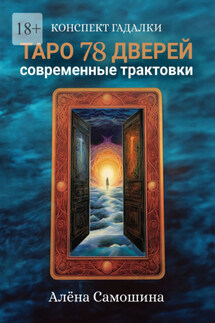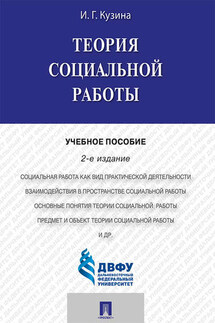Sensei of Shambala - страница 5
After the warm-up, we heard three strong claps of the sempai (senior disciple). It was a kind of a signal. People started to form a circle by sitting on their knees on the floor. When everybody sat down, the Teacher went out simply and easily to its center. He began to tell the history of the Tiger style as if he were telling it not to the crowd of silly disciples, but to his old friends. For the first time, I learned that the Tiger style is the only style that preserved its original martial spirit without any changes.
It appeared in China. One of the Shaolin masters observed the behavior of tigers and created his own style distinguished from the others by greater aggressiveness and danger. The style has no sportive roots. Its martial spirit was transmitted from Teacher to disciple, changing his consciousness to the level when he begins to feel and to think like a tiger. By its wisdom it’s only inferior to a more ancient style called Dragon.
“All right, theory is just a theory; it’s time to warm up a little,” Sensei said.
He called three fighters – strong, tall, athletic guys – to the tatami and demonstrated a couple of defense and attack techniques from this style. First he showed the moves at high speed, where the real blows were happening. Honestly, I, and probably many others too, didn’t even notice when the Teacher struck the blows. All that my eyes could record was the fact that Sensei passed by three fighters and waved his hands for a second. I didn’t even realize what had happened be fore they had time to fall. The same happened during the demonstration of defense techniques. The speed of the blows seemed to be unreal to me. And my brain, unwilling to comprehend that, suggested artfully: “Maybe they fell down on purpose, probably pretending.” But it was impossible that the men’s faces, distorted by pain, were faked. Sensei came up to them calmly and helped restore their breathing by poking his fingers into some points on their bodies. After that, the boys were able to recover from the pain and shock and continue the training. That entire scene was ac companied by silent contemplation of the amazed crowd.
After that the Teacher started to explain the technique of the Tiger style in detail, slowly showing each movement and the targets for the blows. I thought that these movements were too complicated to be able to be thrown in a split second.
Having split up into pairs, people did their best and repeated diligently what they’d just seen. A plump man of about fifty years old was puffing not far from me, comically ejecting his short hands and legs. His face, with chubby, bulged-out lips, looked like a big dumpling and was neatly shaved. His wise eyes looked through thick glasses. A small bald spot, with errant hairs turning gray, was shining on his head. “And how did he get in here?” I thought. “It’s hard to tell by his appearance that he has been practicing martial arts all his life… What is he looking for here? Has he decided to master Kung-fu in his old age?!”
My thoughts were interrupted by Sensei’s voice correcting the attack technique of a pair of young, strong boys near me.
“Who strikes like that? What are you doing, Valentin Leonidovich? You are a future doctor, aren’t you? You should understand why you strike, where you strike, and what is going on during this process. Your goal is to cause a painful shock, not just to flap your hands. A blow should hit the exact location of the nerve or nerve plexus. It should be instantaneous. The faster, the better. Why? To cause a spasm in the muscle tissue. In its turn, the transmitted nerve impulse, through reflex channels of the nervous system, will cause intense irritation of the nerve-knot, which will inevitably lead to inhibition of a certain part in the brain cortex. In other words, the man will fall into a stupor caused by the nerve shock…”






